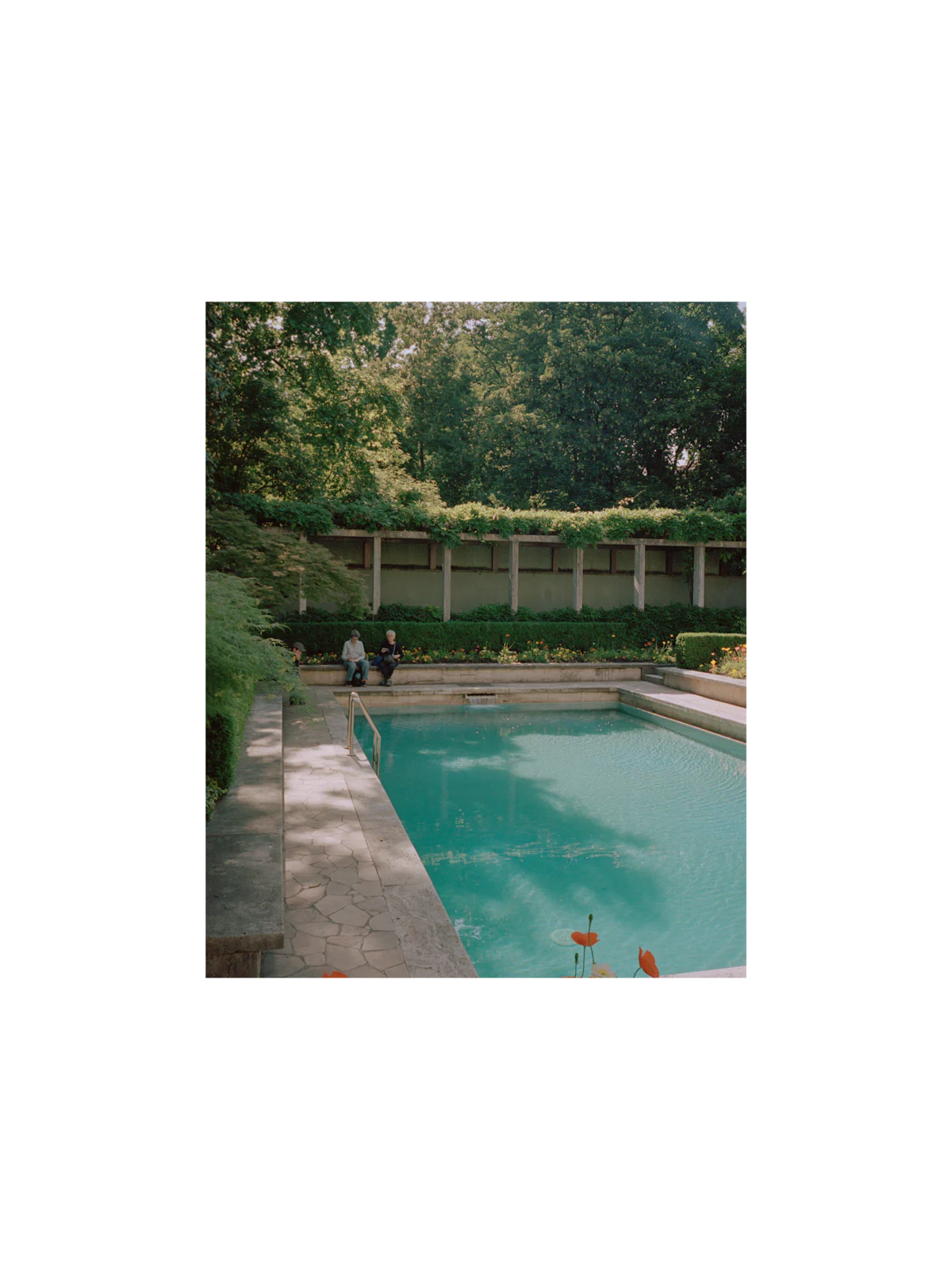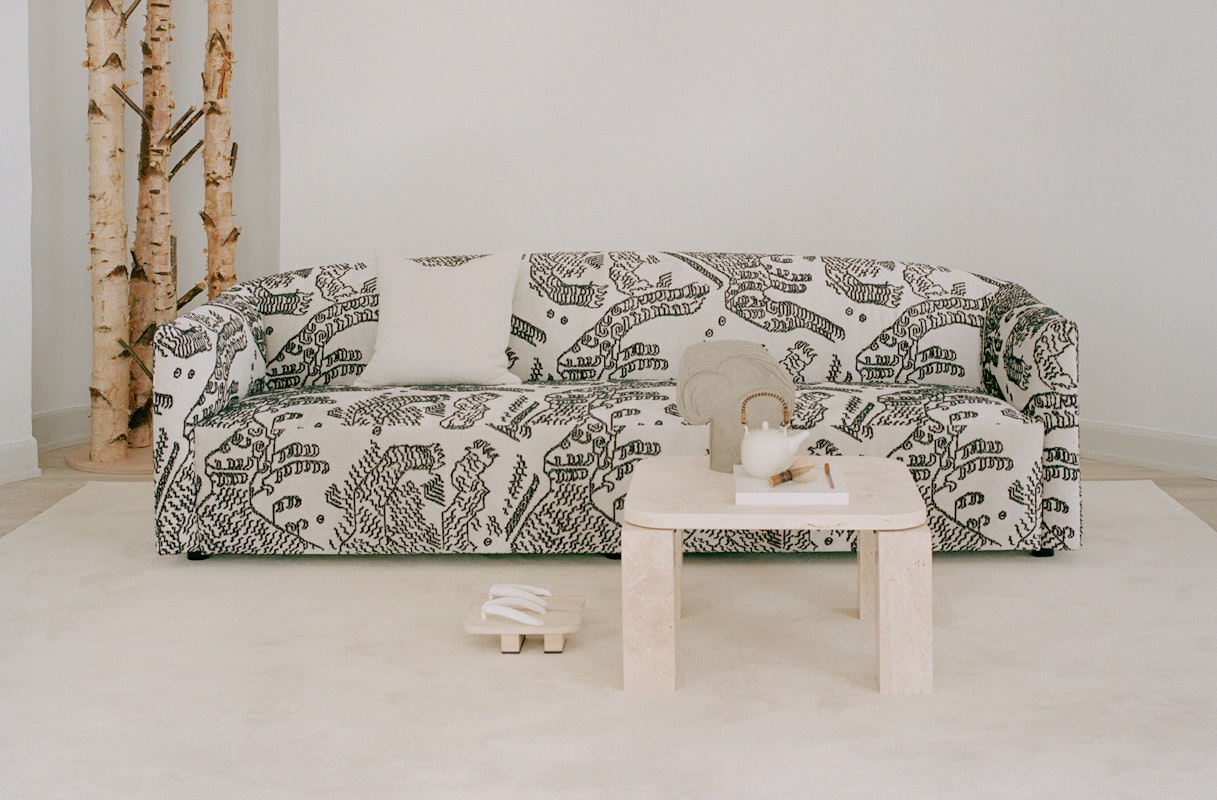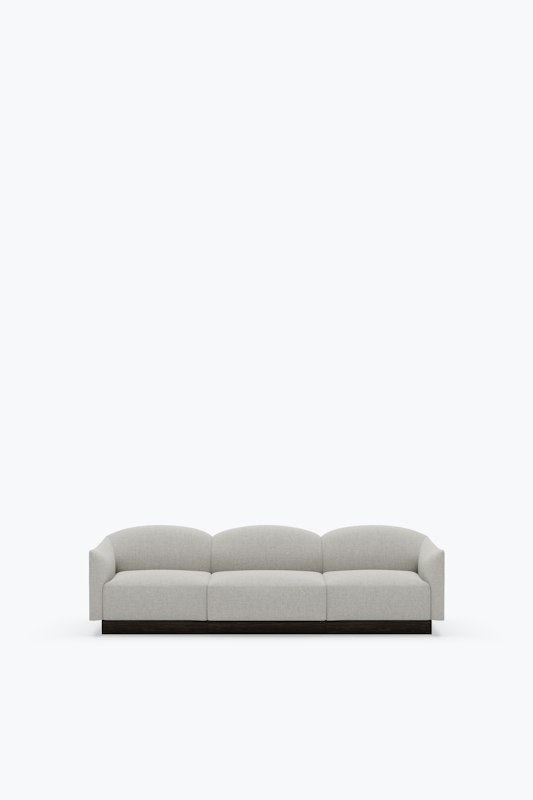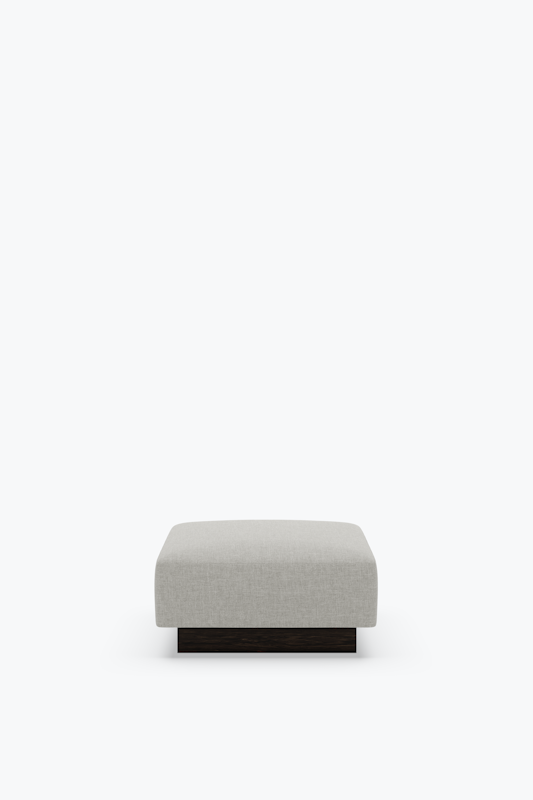In Conversation With Joel
Joel Fjällström moves through the world as someone attuned to the small, defining moments of life: the aroma of coffee in the morning, the warmth of the sun on a street corner, the quiet weight of a chair beneath him. His practice is guided by the same sensitivity, and for him, design is inseparable from these moments - observing how people touch, inhabit, and habitually return to objects. In this conversation, Joel opens a window into his world as a creative and poet of the everyday, reflecting on how nostalgia, ritual, and curiosity shape both his sense of home in Milan and the enduring quality he seeks in the objects he creates.
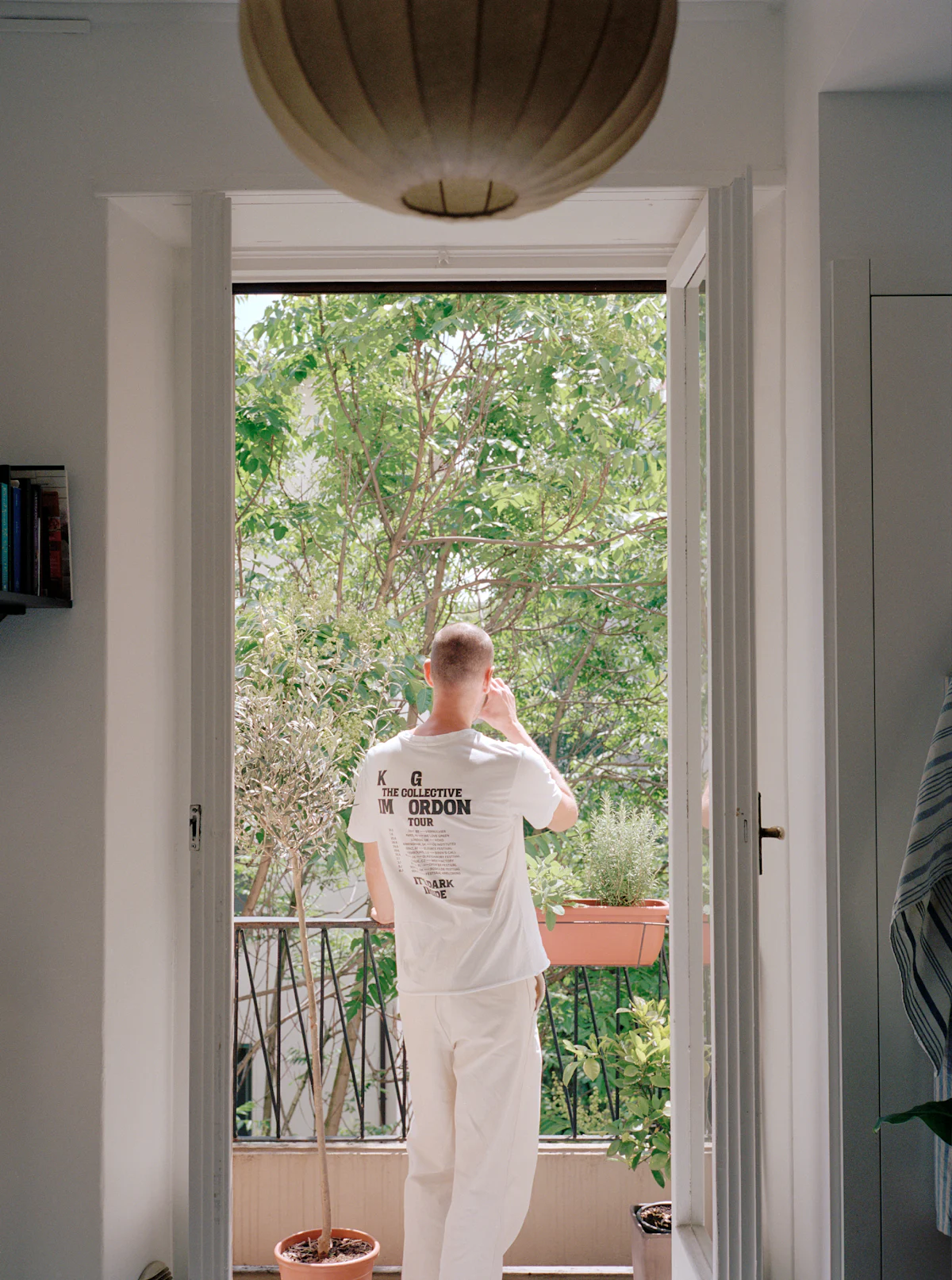
How did your interest in design first begin? Do you remember the first thing you made that felt truly yours?
I believe that my love for design grew from a combination of interests. I drew a lot as a kid and teenager - very detailed and precise drawings - which eventually led me to more complete depictions. Through those hours spent figuring out shadows, shading, and texture, I grew an interest in objects in their own right. A sort of reverse engineering on paper.
Your work often connects furniture to human emotions - what draws you to that connection?
I am drawn to the experiences and habits of the person using the object I design. There are two intricate and beautiful ways to see objects: entirely in their own right, and in their encounter with a user. It is a way of looking at experiences, envisioning where the hand wanders when you sit, how you sink into a plush seat, or cozy up under a reading light.
You are currently living in Milan - what helps you find a sense of home in a new city?
Experiencing the culture of the city, the rituals of the locals. How the mix of people, of all ages and backgrounds, gathers in the chatter at the coffee bar in the morning and throughout the day, and how the very same bar starts serving aperitivo as people gather after work. Milan has a lot of charm, and it is easy and welcoming to slide into these gatherings.
It is challenging to move through, breaking away from many cultural comforts. But it is the interest in the everyday here that makes it rewarding - adapting to some of the local habits while maintaining some of your own.

Is there any sound, music, or smell that you connect with the feeling of home? Please tell us about it.
From my youth, it’s my mom’s cinnamon buns as well as my dad’s snus and coffee in the morning. Nowadays, either my girlfriend or I make coffee, which we drink in bed while slowly waking up. That ritual is the basis of my home, with all the smells and sounds that come with it.
Music plays an integral part in my life and habits, both at home and outside of it, but I don’t know if any one piece would define home. Maybe Visa från Utanmyra.
Where do you go when you need to recharge creatively?
Strolling through the streets of Milan has become a staple of my everyday. It is filled with an incredible amount of creativity and design on many different levels. And though the sometimes Blade Runner-like air quality here often makes me wish I were back in the forest I came from, it is still a very inspiring place to be and work. Just walking the streets of central Milan gives you so much to take in.
It is challenging to move through, breaking away from many cultural comforts. But it is the interest in the everyday here that makes it rewarding - adapting to some of the local habits while maintaining some of your own.
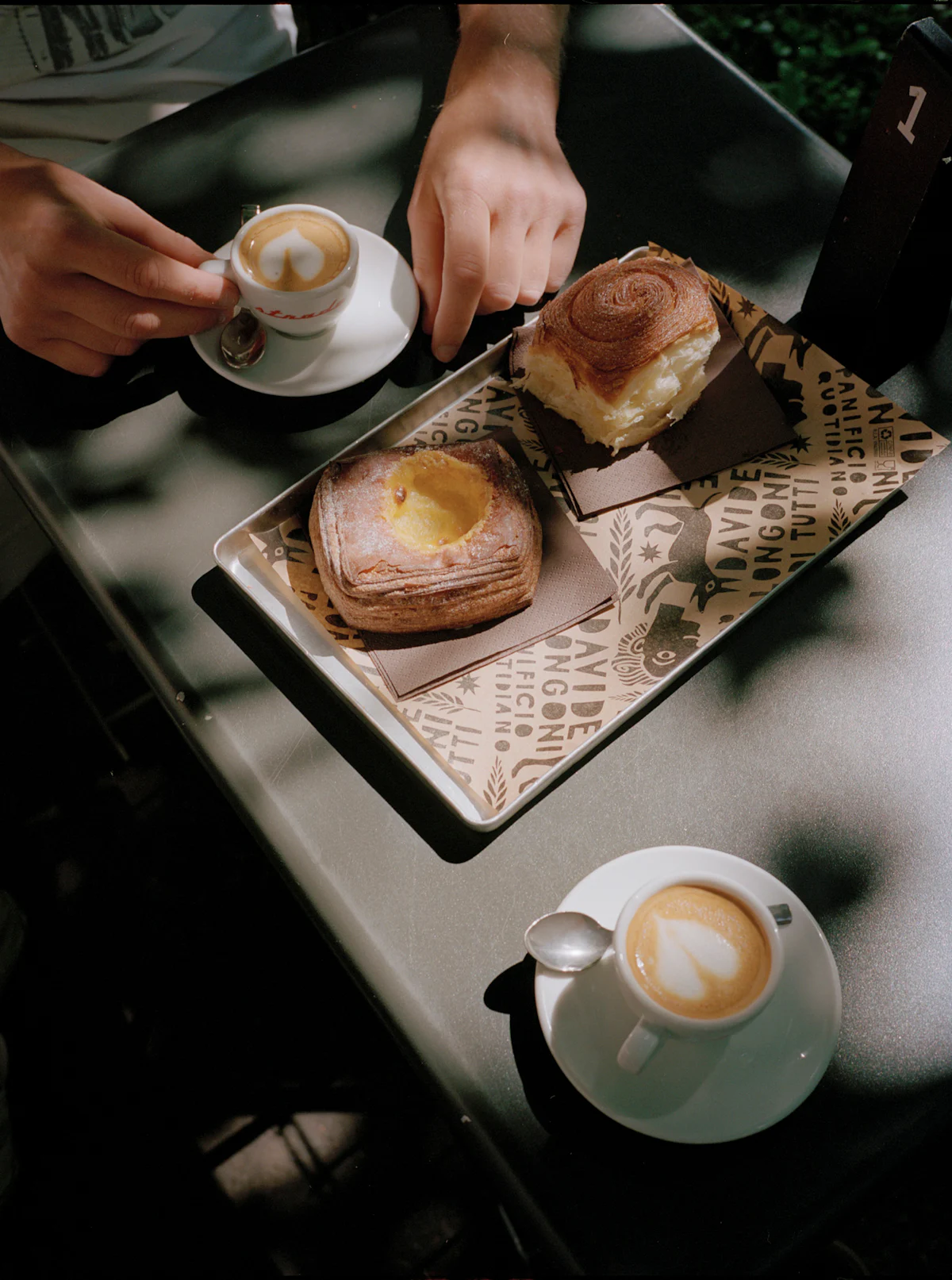
Is there a corner of the city - a café, a street, a view - that feels like yours?
The part of the city that I truly feel I have conquered is the roundabout Piazzale Libia, just outside my apartment. However, I love sitting at Bar Quadronno, having a prosciutto crudo sandwich with some cheese on the weekend, and picking up my Friday gelato from Sioli e Bissoli, a place just down the street from where I live.
I also cycle Via Cadore almost every day. If I ever die in a bike crash, it will be on this street. Brian Buchard almost broke a very nice camera while shooting the pictures for this piece.
How does the city's atmosphere compare to Sweden’s when it comes to how you experience light, colour, and space - has it influenced you in any way?
It is very different. The brightest days in Milan are tightly interwoven with the dramatic heat that comes to the city in July and August. In Sweden, the strongest and brightest light comes on the coldest winter days in January, when the snow crystals sparkle on the ground. The short winter days in Sweden certainly lead to more time being spent indoors during the fall and winter. Of course, I’m happy not to need to go into the same kind of hibernation here, but I do miss the incredible feeling of the April sun warming your skin after a long, proper winter.
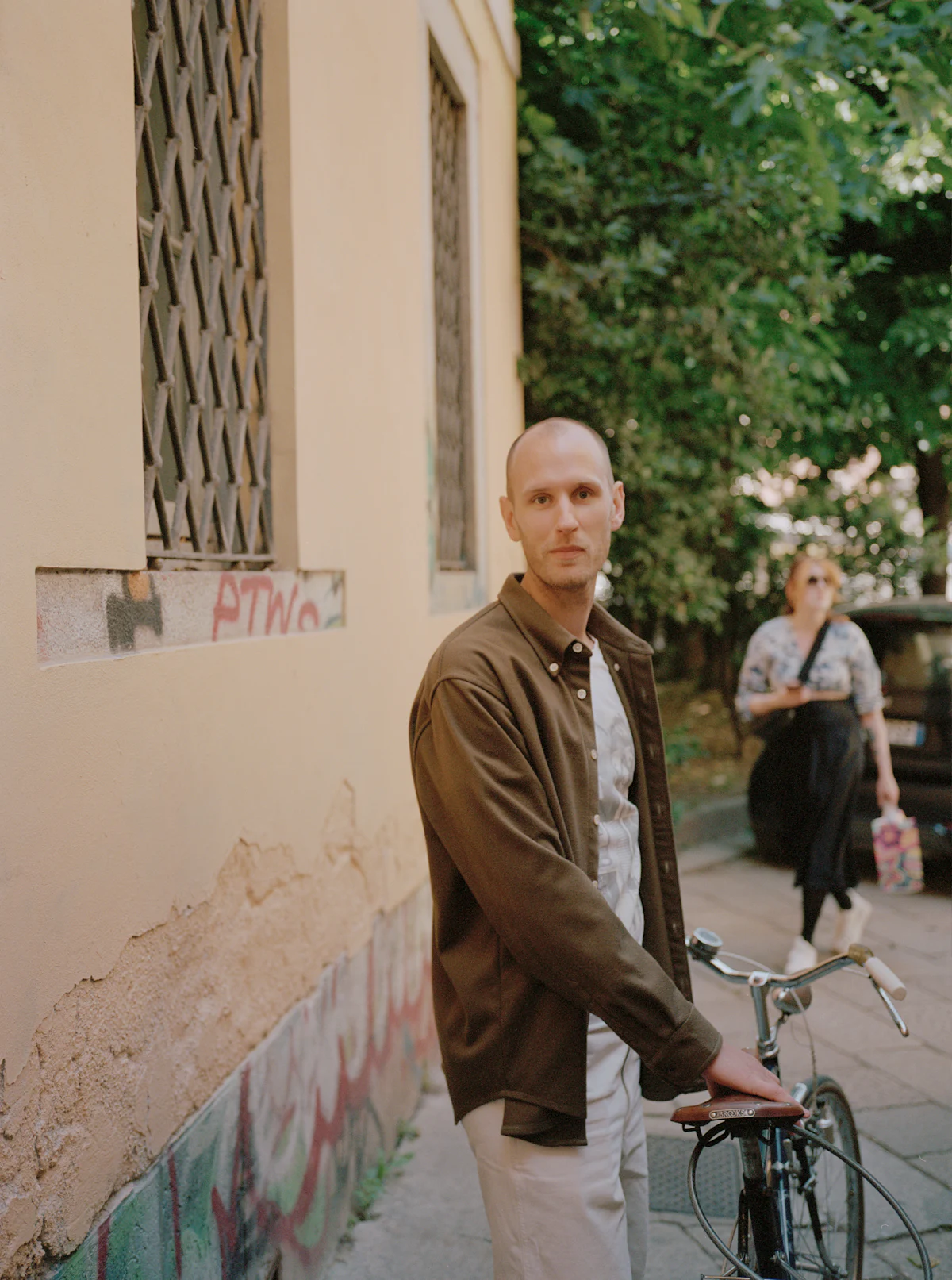
Tracing Milano with Joel:
Giardini Indro Montanelli, Via Palestro 14
Bar Quadronno, Via Quadronno 34
Il Cinemino, Via Seneca 6
Villa Necchi Campiglio, Via Mozart 14
La Notte, Via Emilio Morosini 53
Cortile della Legnaia, Via Festa del Perdono 7
What, would you say, makes an object worth keeping for a lifetime?
I think sentiment will always be the strongest reason for keeping something for a lifetime, but for a product to be kept, used, and loved over time, it needs a certain level of quality.
Do you have an object in your own home that you’ll never part with?
Pretty early on after arriving in Milan, we found a set of four beautiful chairs designed by Luca Meda and Aldo Rossi called Teatro. They are beautifully made and designed with so much care, refinement, and elegance. They will soon need to be reupholstered, and after that, we will be able to keep them for at least a very long time.
If you weren’t working as a designer, how do you think you would be spending your days/what would you be working with instead?
I’d love to be a tailor, carpenter, or architect, but if I were to really go down another path, I think I would choose to be a PE teacher - and then do the craziest furniture and sculptures in the garage at night and on weekends.
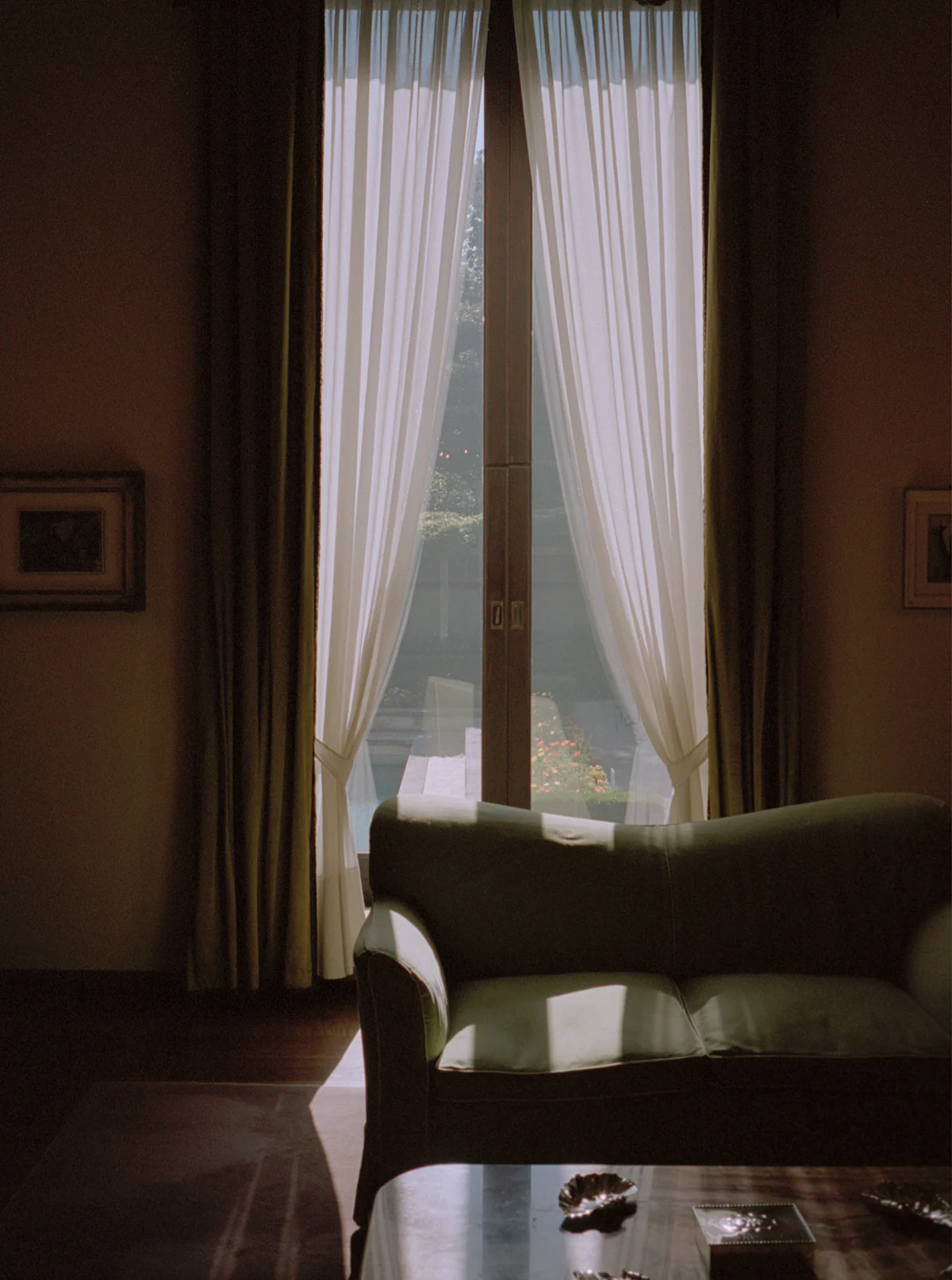

Tracing Milano with Joel:
Giardini Indro Montanelli, Via Palestro 14
Bar Quadronno, Via Quadronno 34
Il Cinemino, Via Seneca 6
Villa Necchi Campiglio, Via Mozart 14
La Notte, Via Emilio Morosini 53
Cortile della Legnaia, Via Festa del Perdono 7
What, would you say, makes an object worth keeping for a lifetime?
I think sentiment will always be the strongest reason for keeping something for a lifetime, but for a product to be kept, used, and loved over time, it needs a certain level of quality.
Do you have an object in your own home that you’ll never part with?
Pretty early on after arriving in Milan, we found a set of four beautiful chairs designed by Luca Meda and Aldo Rossi called Teatro. They are beautifully made and designed with so much care, refinement, and elegance. They will soon need to be reupholstered, and after that, we will be able to keep them for at least a very long time.
If you weren’t working as a designer, how do you think you would be spending your days/what would you be working with instead?
I’d love to be a tailor, carpenter, or architect, but if I were to really go down another path, I think I would choose to be a PE teacher - and then do the craziest furniture and sculptures in the garage at night and on weekends.


